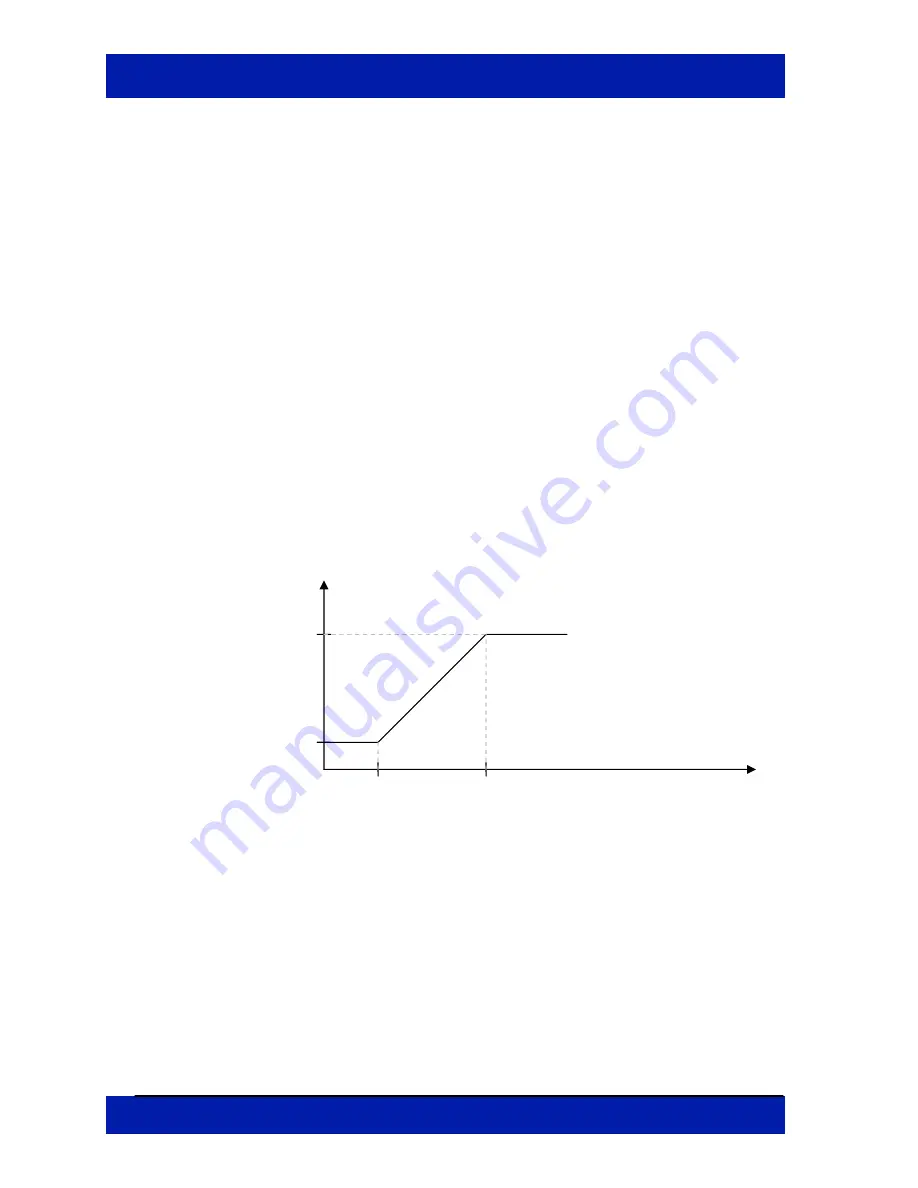
PSY-201 User Guide
GP-UM-PSY-201-11
Page 82 of 105
Trace Sensitivity range: 0, 0.5 to 10 degrees.
Trace Sensitivity = 0: Variable capture rate is disabled, and data capture rate = SOP
sampling rate.
Trace Sensitivity
≥
0.5: Data capture rate increases with input
Δ
SOP rate, and is limited
by the SOP sampling rate.
By adjusting the trace sensitivity, the user can set the SOP sampling rate at a very high
speed in order to capture intermittent fast SOP changes, without collecting excessive amounts of
redundant data while SOP movement is slow.
The sampling rate and trace sensitivity settings should be chosen to avoid data loss and
maintain trace continuity (i.e. no gaps larger than the trace sensitivity in the SOP trace). To avoid
data loss, trace sensitivity = 0 should only be used with sampling rate settings
≤
500K points/s.
In general, the sampling rate and trace sensitivity should be selected to match the
expected rate of SOP variation. The sampling rate should be fast enough to accurately
characterize the SOP variation, and the trace sensitivity should be large enough to avoid data loss.
Figure 34 shows the continuity region of the SOP capture rate vs. average SOP change rate plot.
The trace sensitivity should be selected to stay in the shaded area of the plot.
Figure 33 Plot showing relationship between SOP capture rate and input SOP rate of change, where
ε
is the trace sensitivity.
Example (dynamic data capture rate):
Trace Sensitivity setting = 5 degrees
SOP sampling rate setting = 1000kHz.
SOP sample rate
Baseline (100Hz)
Capture rate
(samples/s)
Input SOP rate of
change (degrees/s)
ε
* 100
ε
* (SOP sample rate)














































